Text

This Ornithopod femur is from Lightning Ridge, Australia, 94-113 million years. Exhibited at the Melbourne Museum.
https://www.facebook.com/share/p/qgBQ9Nn25awZtpJX/?mibextid=oFDknk
342 notes
·
View notes
Photo

After huge popularity fossilized crab claw, this is a piece of opalised snake skin in a small boulder from Queensland, Australia. It is opalised in the same way the crab claw was.
29K notes
·
View notes
Text

Sliced opal wood specimen pair This is the cross section of a 110 million year old tree branch preserved in opal
Photo: ancients17
Loren Gurche
257 notes
·
View notes
Photo

Amber in Antiquity
Amber, the fossilised resin of trees, was used throughout the ancient world for jewellery and decorative objects. The main source was the Baltic region where amber, known to mineralogists as succinite, was washed up onto beaches and easily collected. Besides its aesthetic qualities and ease of carving and polishing, amber, for many ancient peoples, had mysterious qualities such as protecting the wearer, warding off evil, and curing diseases.
Continue reading…
98 notes
·
View notes
Photo
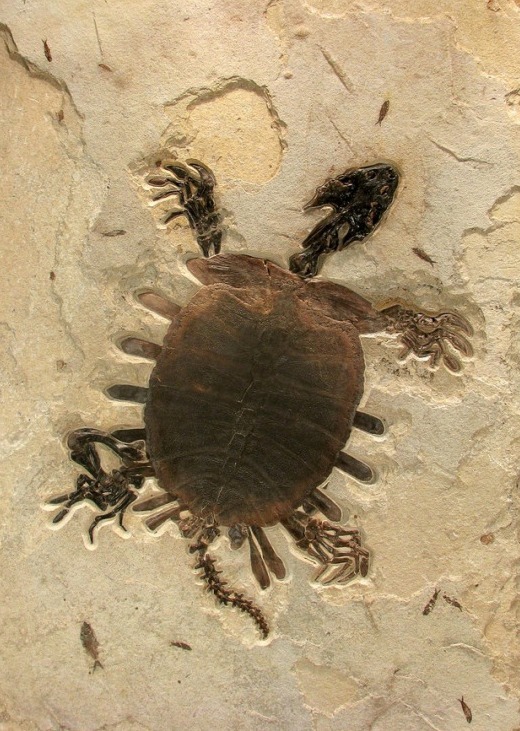
Extremely Rare Fossil Turtle - Green River Formation, Rocky Mountains, USA
Fossil turtles from the Green River Formation are extremely rare. This is a well preserved, fifty million-year-old Trionyx softshell turtle in limestone. It was found in the upper layers of the F-1 Green River Formation. The stone also contains 9 small Knightia eocaena and a small Diplomystus dentatus.
5K notes
·
View notes
Photo
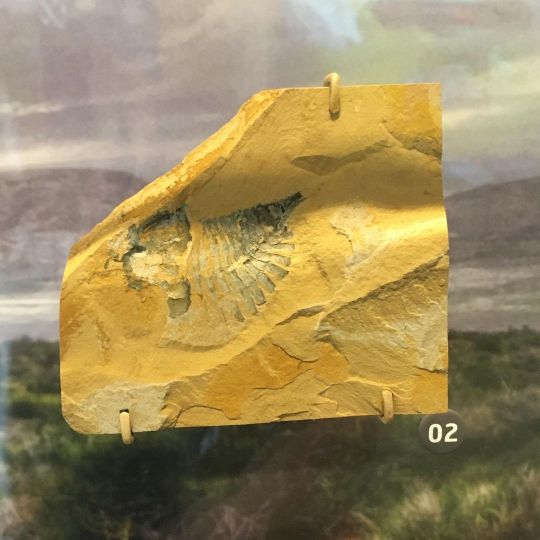
The fossil arthropod Beckwithia typa, from the Weeks Formation on Utah, (formerly) on display @nhmu
Please excuse the rough photos. (Glass case!)
#Paleontology #Science #SciComm #Fossil #Fossils #Geology #Biology #Zoology #NHMU #NaturalHistoryMuseumofUtah #Arthropod
https://www.instagram.com/p/CVMl-StAE8B/?utm_medium=tumblr
86 notes
·
View notes
Photo

The fossil arthropod Emeraldella brutoni, from the Middle Cambrian of Utah on display @nhmu
Please excuse the rough photos. (Glass case!)
#Paleontology #Science #SciComm #Fossil #Fossils #Geology #Biology #Zoology #NHMU #NaturalHistoryMuseumofUtah
https://www.instagram.com/p/CToO68yA1G2/?utm_medium=tumblr
4 notes
·
View notes
Text

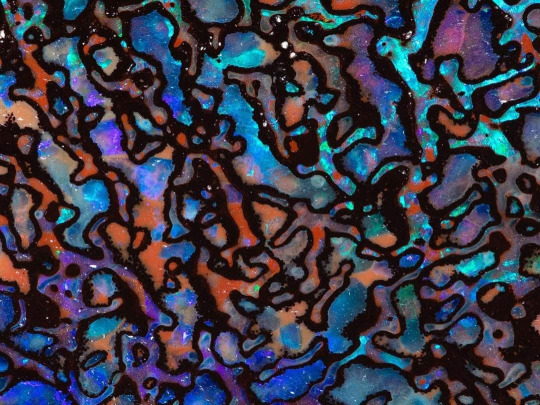
Marlène Thiery Opalized Dinosaur Bone - approx 3cm - photographed for @jakes_gemz
https://www.facebook.com/groups/1289281251531987/user/100001005266801
3K notes
·
View notes
Text
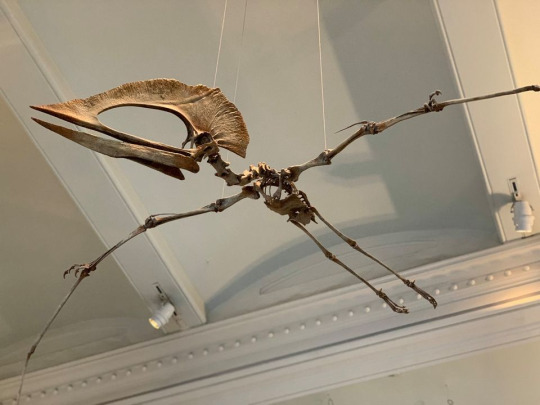
Happy Fossil Friday! Let’s fly back in time to the Cretaceous some 110 million years ago to meet Tupuxuara leonardii. This flying reptile had a wingspan of about 15 ft (4.5 m) and a huge fan-shaped crest. But why the elaborate headgear? Scientists think that pterosaurs could have used their distinctive crests to steer during flight, to recognize members of the same species, or to attract mates. Like the crests of some modern birds, they may have also been brightly colored.
Photo: © AMNH
649 notes
·
View notes
Photo
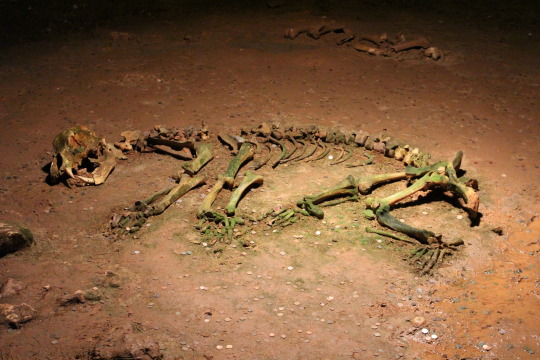
skeleton of cave bear in Bears Cave, Romania
153K notes
·
View notes
Text
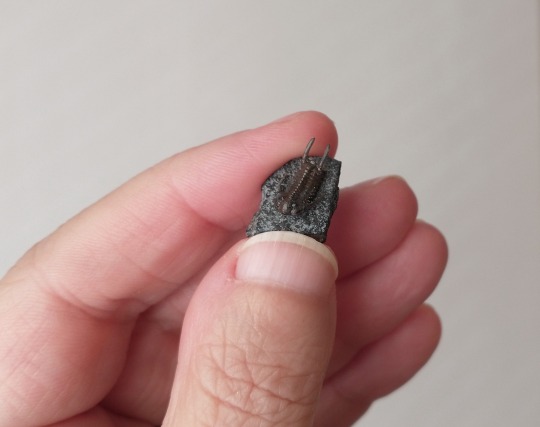

Miniature trilobite fossil
[resin trilobite bought here]
124 notes
·
View notes
Text
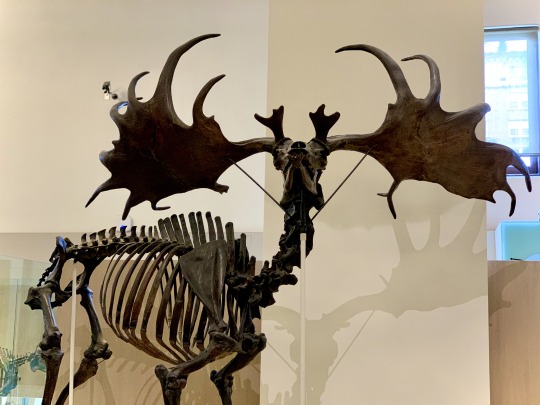
We’re celebrating Saint Patrick’s Day in a big way, with one of the largest known deer: the Irish Elk (Megaloceros giganteus)! It was originally discovered in bog deposits in Ireland. This megafauna could weigh up to 1,500 pounds (680 kg) and its antlers could reach an incredible 13-ft- (4-m-) spread. Once ranging from western Europe to China, this animal died out some 10,000 years ago. However, at least one population, living in Russia’s Ural Mountains, managed to survive until about 7,770 years ago, long after the end of the Pleistocene.
See the Irish Elk up close in the Museum’s Hall of Advanced Mammals! We’re open daily from 10 am-5:30 pm. Plan your visit.
Photo: © AMNH
2K notes
·
View notes
Text

It’s Trilobite Tuesday! Pictured is a well-preserved 3-in- (7.6-cm-) long Olenoides. Specimens, like this one from the Middle Cambrian, appear in sedimentary outcrops around the globe—from Utah to Wyoming and British Columbia to Siberia.
739 notes
·
View notes
Text
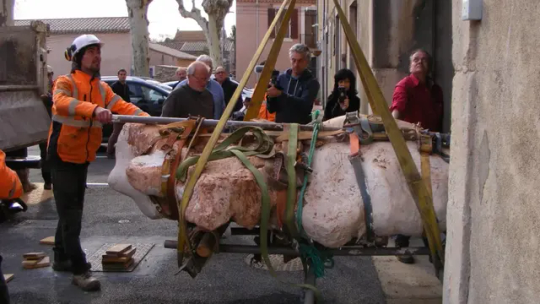
A 70 Million-Year-Old Titanosaur Dinosaur Skeleton Found in France
A chance discovery made in southern France has revealed a rare specimen — an almost complete dinosaur skeleton found connected from its hind skull to its tail.
The massive fossil came to light in May 2022, after now 25-year-old amateur paleontologist Damien Boschetto and his dog stumbled across something unusual while walking in a forest in Montouliers, France. Boschetto had noticed a cliff edge that had recently collapsed and decided to take a closer look, when he spotted an exposed bone sticking out of the ground, local media outlet France Bleu first reported on February 13.
The Archaeological and Paleontological Cultural Association at the Cruzy Museum, in collaboration with the French National Center for Scientific Research, identified the nearly 10-meter-long (32.8-foot-long) fossil as a Titanosaur skeleton upon excavation. Boschetto, who has been a member of the association for eight years, said that while unearthing dinosaur remains is “always exciting and interesting for scientific research and the understanding of the ecosystems of that time,” finding the bones in their almost original anatomical position is what makes this find extraordinary.
“From a museography point of view, it will make it possible to present to the general public animals almost complete in anatomical positions, which is something great,” Boschetto added via email.
A group of history and archaeology enthusiasts created the Archaeological and Paleontological Cultural Association in 1975 to safeguard the heritage around the village of Cruzy, with several members becoming enlightened amateurs in paleontology due to the areas’ wealth of dinosaur fossils, said Jean-Marc Veyssières, a member of the group and one of the fossil preparers for this discovery. Today, the association is made up of inhabitants of the region, including a few scientists as well as students.
“The most exciting thing was to realize that we had at least one anatomically connected animal and that it was a titanosaur, a long-necked dinosaur,” said Veyssières in an email. “(Boschetto) is an enlightened enthusiast and curious about nature, he spends a lot of time surveying the region in search of new areas. … He became an expert on the Late Cretaceous fauna of our region.”
The association has been excavating the site, which Boschetto referred to as a bone bed, a term used by paleontologists to describe a dense area of animal bones and other fossilized remains, for the past two years. And the newly announced find was not Boschetto’s first.
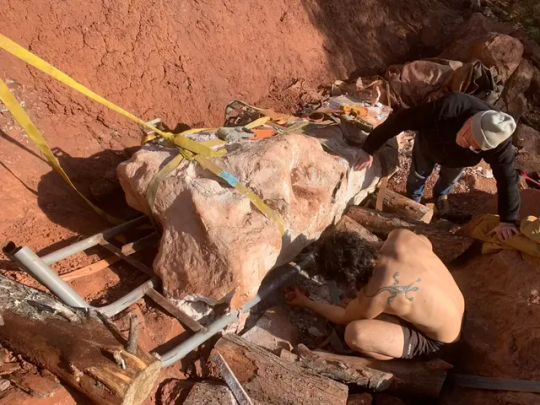
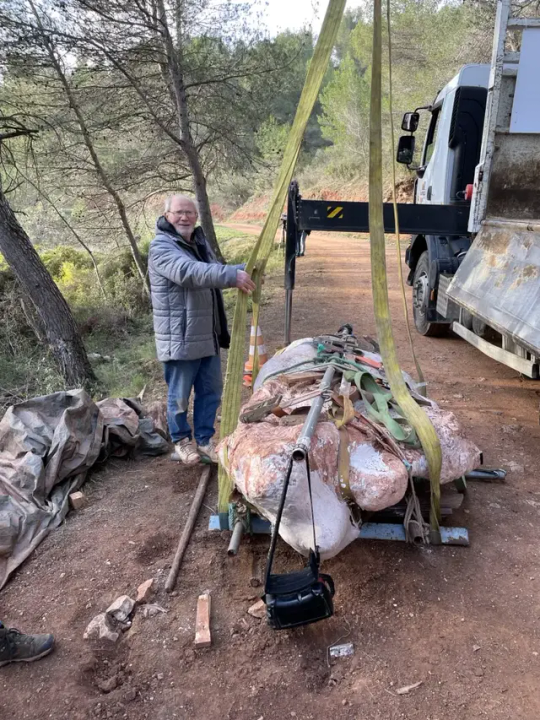
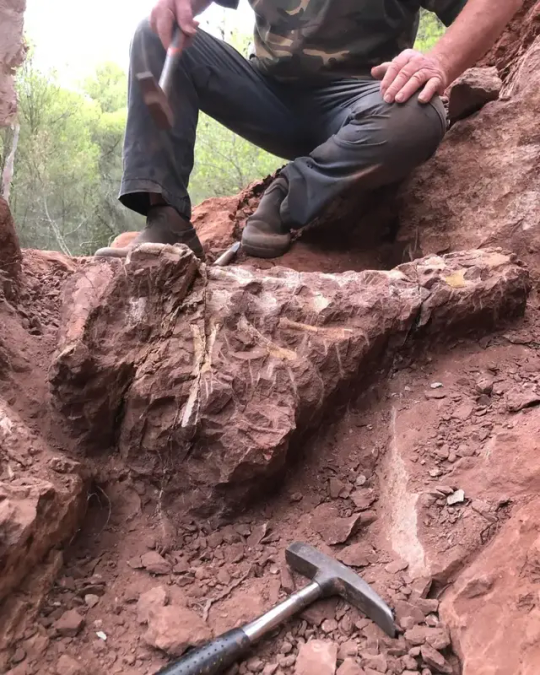
The recently revealed 70% complete Titanosaur skeleton was retrieved during the excavation along with several fossils of various dinosaurs and other vertebrates, including some in anatomical connection and near complete. Other remains identified included those of a Rhabdodon — a herbivore, or plant-eater, like the Titanosaur — and fragments from skeletons of carnivores such as Theropods and crocodiles, according to Boschetto.
The Titanosaur skeleton currently resides in the Cruzy Museum’s laboratory, where it will be further studied, Veyssières said.
Titanosaur found intact
Researchers estimated the age of the newly discovered fossil to be around 70 to 72 million years old, but Titanosaurs roamed around on four legs from the Late Jurassic Epoch to the end of the Cretaceous Period, approximately 163.5 million to 66 million years ago. Titanosaurs belong to a larger group of dinosaurs known as sauropods, a family of long-necked herbivores that were some of the largest dinosaurs of their time, according to Britannica.
Remains of Titanosaur fossils are widely unearthed in Europe, but few are discovered in anatomical connection, Boschetto said. Finding a skeleton in this connected state suggests that the body was buried before it had entirely decomposed, leaving “some tissues connecting the bones to one another,” said Matthew Carrano, research geologist and curator of Dinosauria at the Smithsonian Institution National Museum of Natural History.


The completeness of the specimen will “make it easier to determine whether it’s a new species or a new specimen of a species that’s already known,” Carrano said in an email. “It will take time to learn all the details about this new specimen, but I’m sure it will provide important new information about this group of dinosaurs.”
The region in which Boschetto discovered the specimen is known to be rich in fossils of dinosaurs and other species living at the same time and is “building one of the largest collections of dinosaurs from the Upper Cretaceous in France,” he said. The association did not publicize the discovery until excavation was complete to protect the archaeological site, he added.
The association plans to continue research on the fossils and to further search the area, and the group’s members hope to obtain the funds to “create a large-scale museum that can accommodate and present these collections,” Boschetto said.
By Taylor Nicioli.
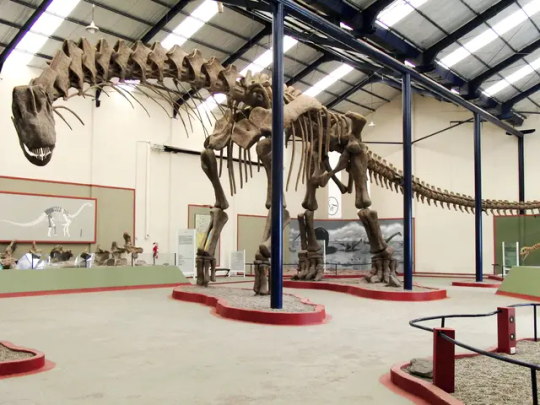


394 notes
·
View notes
Text
0 notes
Photo



Gorgeous coloration on these fossilized horse teeth! They were found in FL, USA.
258 notes
·
View notes
